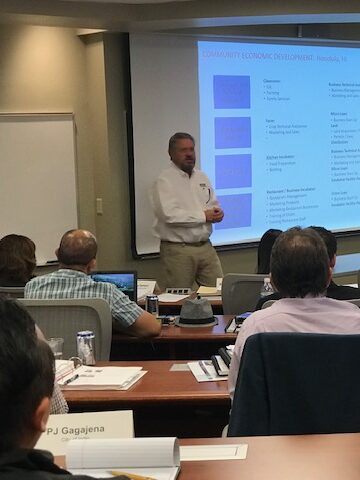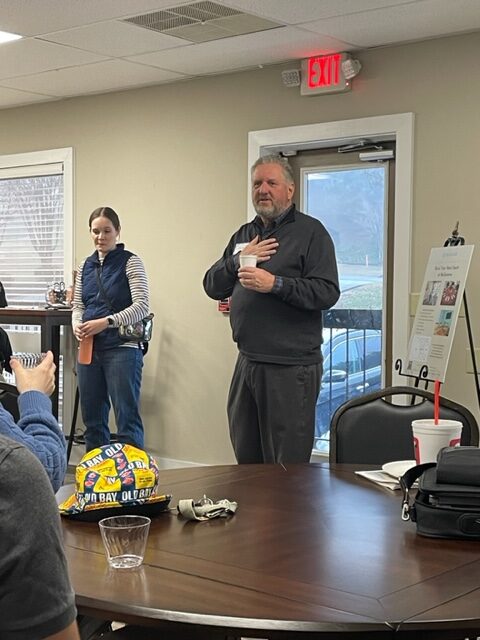High-Performing Team Training (HPPT) was specifically designed to assist leaders who manage and supervise frontline workers.
Often, leaders in upper or mid-level positions within an organization receive leadership training. There are courses, retreats, consultants, and organizations like Vistage and Mastermind Association. Not every company provides leadership training for those at the top, but the resources available to these leaders are more abundant.
However, what was missing, or at least had fewer options, was training for leaders who have been promoted into leadership positions from frontline roles. It’s a familiar scenario: someone excels in their role, a lead, manager, or supervisor position opens, and the competent worker is promoted to fill the need. Congratulations on the promotion! You will be taught how to complete forms for the new position, and which reports you will be responsible for. However, because you were a good worker, we assume you possess the skills to supervise your former coworkers.
Perhaps this approach was sufficient when unemployment was high and turnover was low. People were keen on keeping their jobs and may have tolerated an unskilled manager. But times have changed. The necessity to attract and retain a qualified workforce is now a top priority.
Your frontline workers are the ones who manufacture your product, make sales, and directly engage with clients and the public. In other words, your frontline workers are the backbone of your business! You need them to be at their best. They shape your company culture. If they have underperforming supervisors, your workers will leave, underperform, or hinder your productivity and company culture goals.
When you invest in your frontline leadership, you are also investing in your frontline workers, whether they are nurses, welders, customer support, or your sales team. Provide your frontline leadership with the tools they need to enhance the functioning of their teams. Assist them by offering a framework and language to establish trust and respect. A supervisor’s comment at the end of a training session stood out to me: “I’ve been doing this job for 14 years, why am I just now learning these skills?” The good news is that his company invested in him and his colleagues. However, there were missed opportunities during those prior 14 years.




